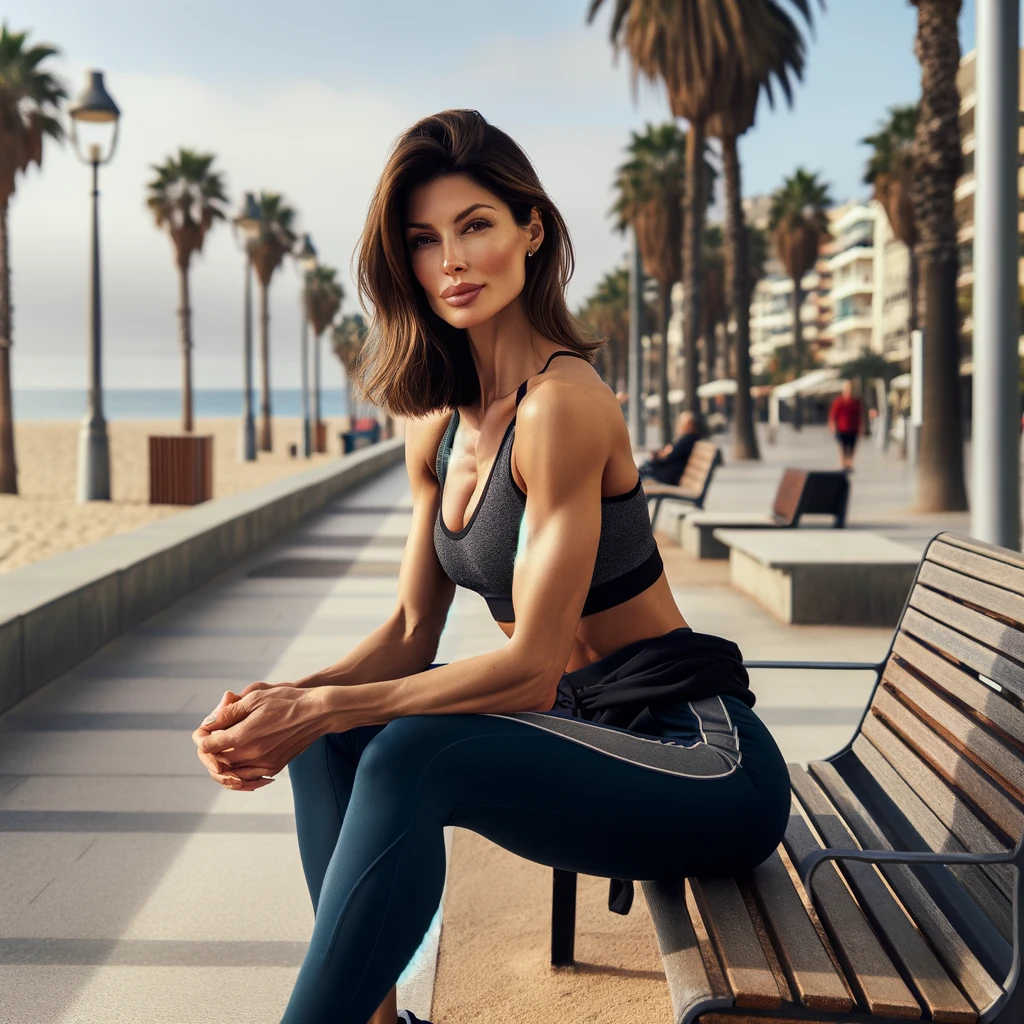You already know that you are not your body, mind, thoughts, or anything like that. Instead, you understand that you are the one who knows these experiences are yours. This knower is what we call awareness or consciousness. The term “I” points to this knower. But where does the “I” exist? Where can you find it? How can you identify it?
If “I” is its own entity, then it should be possible to locate it somehow. But what exactly should you look for? You know the “I” isn’t tangible, so you start searching for it in your thoughts. Try it. But you cannot find the “I” in your thoughts. Next, you may try stopping your thoughts, hoping that the “I” will reveal itself when you are still. But it doesn’t. There’s no single sign you can identify as the “I.” Keep trying—look for the “I” in different parts of your body, in the room you’re in, in your surroundings, or in your memory. You cannot point to a single object and say, “That is the I.”
What do you find instead? Often, nothing—nothing at all. But if you cannot notice anything, what is this “nothing”? Suddenly, a thought pops up. It is your thought, and where did it appear? It appeared in this “nothing.” Now you get the point and if someone says to you, “You are absolute nothing,” you’ll know it’s truer than they understand 😄. This “nothing” is awareness, and you are it.
Next, try to see where this awareness starts and ends. If you find some border or limit, examine closely to ensure it’s not just a border created by your mind. No actual border can be found when you rely solely on your attentive observation. That’s why awareness is said to be limitless and eternal.
Now, “look” at a thought you have. From what “stuff” is it made? You’re able to examine your thoughts when you can shift the focus of your attention to whatever arises within you. Take another thought and examine the “stuff” it’s made of. The substance is the same, though its form varies. A deep philosophical thought is made of the same “stuff” as a trivial thought sparked by a tabloid headline.
Continue by directing your attention to a sound you hear. What is the “stuff” of sound? Is it different from the “stuff” of thought? Now, taste something—your saliva, for example. What is the “stuff” of taste, from where tasting is made about? Is it the same “stuff” as thought and sound? Continue with the other senses. If you find more than one type of “stuff,” look again to make sure your mind is not misleading you. Because in awareness everything is made of the same “stuff” and occurs within you—within awareness. That’s why awareness is said to be everything.

If I hear the same sound as you, is my awareness different from yours? The sound was the same and occurred in awareness. Therefore, your awareness and mine must be the same; we simply have our own “sensors” that locate different events within this same awareness.
This “stuff” is what you are, and I cannot say precisely what it is. Some say it is pure energy; others may say it’s the complex interactions of physical matter—neurons, synapses, and electrochemical processes in the brain—whatever physical matter fundamentally is. Defining this “stuff” in words is difficult and somewhat irrelevant to your path. What matters is experiencing it, not understanding it intellectually.
No specific single object can be identified as the “I.” The “I” as a separate entity does not exist. The “I” is a mental construct formed by your mind, existing solely within it, and you often believe this idea is true and real. However, the thought “I am a pen” is truer than believing that the “I” exists. Why? Because there is only limitless awareness, which contains everything—and you are that. You can verify this by taking a pen in your hand and paying attention to your sense of touch, attempting to find the exact boundary between where you end and the pen begins. No such boundary can be found. Instead, you sense the form of the pen, and the “stuff” of this touching is the same as what you recognized before—it’s you.
All that is written here is knowledge your true self does not need, but your mind does. To progress on your path, a good first step is to realize what this nothingness—this real you—is with direct recognition, and then practice being it. When you have done enough work, you will experience the same awareness as I do, you will experience unity.























